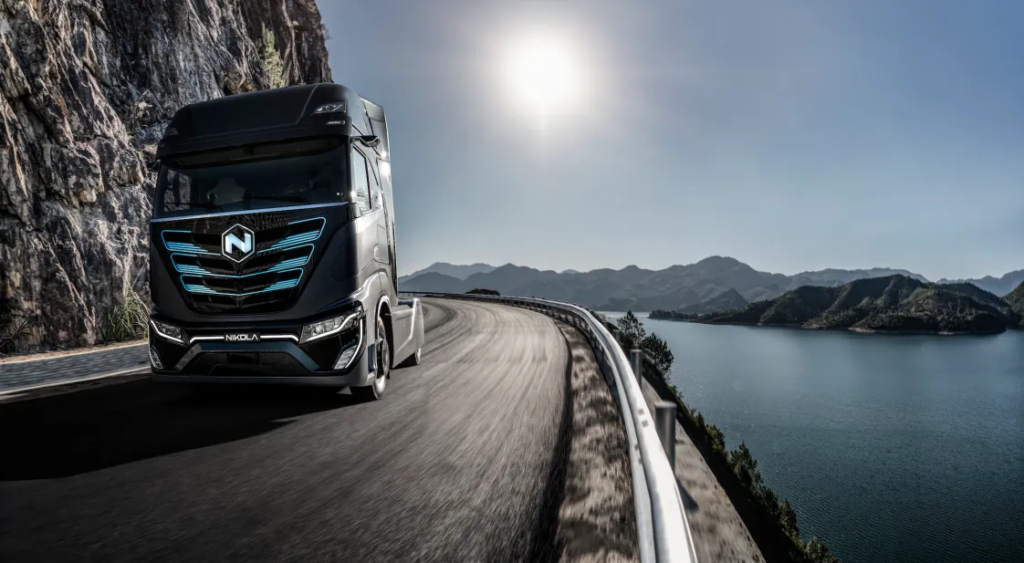Toyota has built a solid reputation in the automotive industry, producing some of the most reliable and highly sought-after vehicles. Among its lineup, the Toyota Tundra is a standout full-size pickup truck that has been popular since its introduction in 2000. While the 2024 Toyota Tundra Platinum continues to carry the torch, truck enthusiasts are already looking ahead. With the 2025 Toyota Tundra recently introduced, speculation is growing about the possibility of a more powerful and capable version—the 2026 Toyota Tundra HD. But is this model actually in development, or is it just an internet-fueled rumor?
The 2026 Toyota Tundra HD: Fact vs. Speculation
Numerous online sources claim that the 2026 Toyota Tundra HD is actively being developed, with alleged leaked images making the rounds on various platforms. Many YouTube videos and online discussions feature what they claim to be high-resolution images showcasing the exterior and interior of this upcoming model.
However, as of now, Toyota has not officially confirmed the existence of a 2026 Tundra HD variant. The images circulating online are merely renderings, many of which have been created using advanced AI-generated imagery. While some of these designs appear remarkably realistic, they are not evidence that Toyota is developing a heavy-duty Tundra model.
How to Identify Fake AI-Generated Images of the 2026 Tundra HD

As AI-generated imagery becomes more sophisticated, it is increasingly easy for automotive enthusiasts to be misled by false representations of upcoming vehicles. However, there are several ways to spot AI-generated images of the 2026 Toyota Tundra HD:
Verify the Source – If the images originate from unverified websites, obscure social media pages, or AI art communities, they are likely not official Toyota releases. Toyota typically reveals new models through official press releases, major auto shows, or its website.
Look for Image Inconsistencies – AI-generated images often contain visual anomalies, such as distorted text on badges or dashboards, unrealistic reflections, or warped tire treads. Many AI-generated images also struggle with symmetry, causing grilles, lights, or emblems to appear oddly shaped.
Compare with Toyota’s Design Language – Toyota follows a consistent design approach. If an alleged 2026 Tundra HD image appears too futuristic, overly aggressive, or deviates significantly from current-generation design cues, it is likely a conceptual rendering rather than a legitimate leak.
Will Toyota Actually Release a 2026 Tundra HD?

Although Toyota has not officially announced the 2026 Tundra HD, several factors suggest that such a model could make sense:
Growing Heavy-Duty Truck Market – With competitors like Ford (F-Series Super Duty), Chevrolet (Silverado HD), and Ram (Heavy Duty) leading the heavy-duty truck segment, Toyota might consider expanding its Tundra lineup to compete in this category.
Toyota’s Commitment to Innovation – Since the introduction of the third-generation Tundra in 2022, Toyota has continued to push the envelope, including new hybrid powertrain options such as the i-Force Max. A heavy-duty variant could align with Toyota’s strategy of enhancing its truck lineup.
Sales Momentum – The Toyota Tundra remains a strong seller, with over 159,500 units sold in 2024, reflecting a 27% increase from 2023. If demand continues to rise, Toyota may see a compelling business case for investing in a heavy-duty version.
Final Verdict: Is the 2026 Toyota Tundra HD Real?
For now, there is no official confirmation of a 2026 Toyota Tundra HD. While Toyota remains committed to evolving its truck lineup, the current images circulating online are not genuine. Until Toyota releases an official statement, enthusiasts should approach leaked images and speculative reports with caution.
That said, if the demand for a Toyota heavy-duty truck continues to grow, a Tundra HD could become a reality in the future. Until then, we’ll have to wait for Toyota’s next move in the full-size truck segment.








